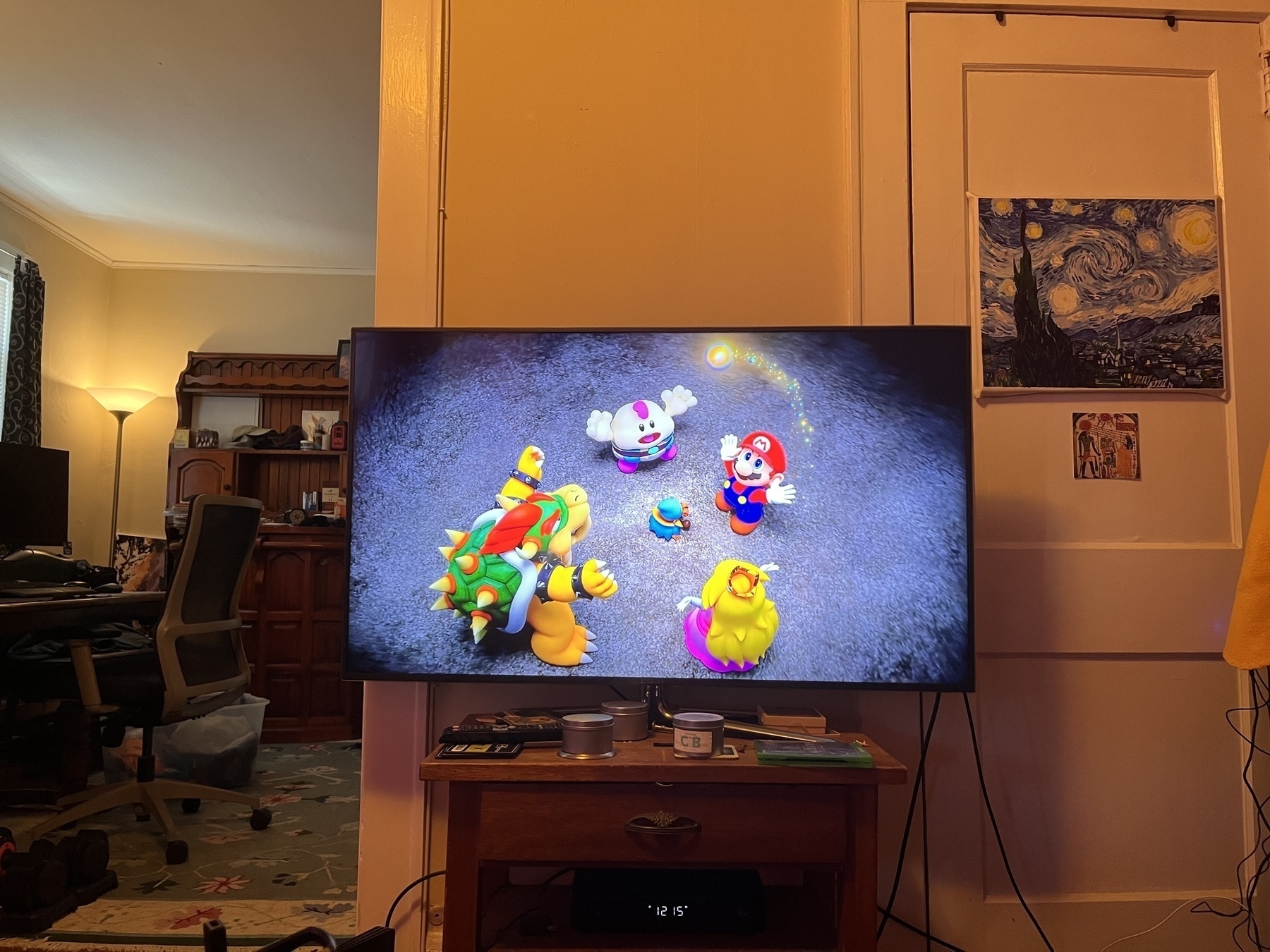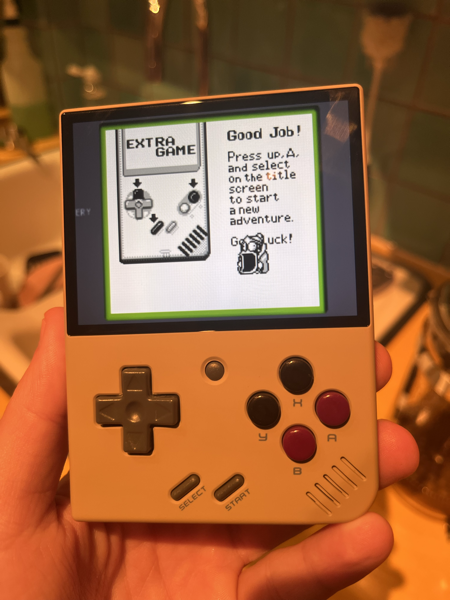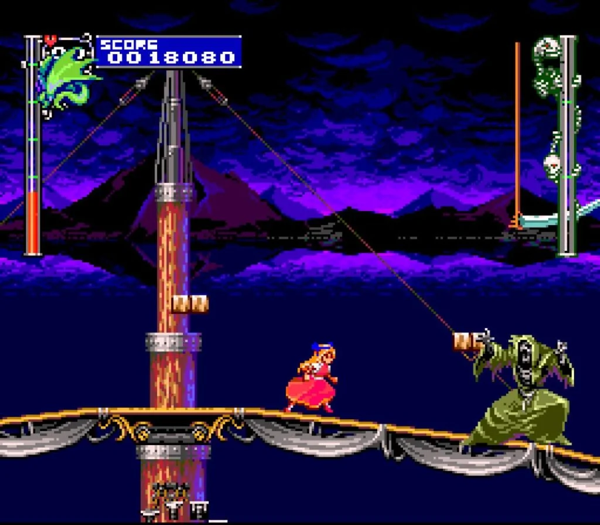I beat the Mario RPG remake while cat sitting this past week. Lots of nostalgia for this one, and the updated graphics and sound were a fun way to reexperience it. 🕹️

I beat the Mario RPG remake while cat sitting this past week. Lots of nostalgia for this one, and the updated graphics and sound were a fun way to reexperience it. 🕹️

I’ve beaten higher in Castlevania: Symphony of the Night (around 10% complete). I forgot to mention that the ROM I’m playing is the Japanese version, which means I have to look up what items do by their icon. On the plus side, it does help me ignore the story. 🕹️
Getting my ass whipped at Magic: The Gathering at friendly local draft. The game has changed a lot in twenty years (who’d have thought?). Lots of fun still.
I started playing Castlevania: Symphony of the Night again, and I’m getting my ass kicked. I don’t remember losing this much this quickly my first time around, but that was years ago, so maybe I’ve forgotten it all. 🕹️
When I was a kid I came up with something called Paper Computer Games, which are role-playing, puzzle solving games drawn on paper that emulated point-and-click adventure games. They are meant to be … Read more
Don’t Get Pantsed!, my comedic, yet surprisingly human, interactive fiction is back online. It’s short, you can play it in the browser, and I’m still proud of it. 🕹️
I spent several hours at Cidercade in Houston yesterday. Lots of fun playing The Simpsons, Time Crisis 2, and Mario Kart DX, among others.

🕹️ I just beat the original Kirby’s Dream Land for the original Gameboy. Took me an hour and a half. It’s short and relatively easy, but a real fun time. The last boss has a long annoying pattern though.

🕹️ Last night, I beat Death in Castlevania: Rondo of Blood. So difficult, even with Maria, the easier character! After that, I beat the Shaft boss gauntlet. Now, on to the final level and Dracula. It is hard.
🕹️ 🍸 My swear-y attempt at playing Castlevania: Rondo of Blood while drinking a Bloody Mary.
As I’m reading 50 Years of Text Games, I’m naturally getting back into IF. Man it’s good. Just played 9:05, a ten minute game, and had a blast.
Video game testers approve the first union at Microsoft. I’ve long been out of the video game industry, but from my brief experience a union was sorely needed. Congratulations to the team! More like this.
Been playing donkey Kong country tropical freeze and am so proud I’ve beaten to the second world.
Also posted to: <mastodon.social/@bronzehe…>
A lot has changed in the world since I last posted. I have been extremely lucky during this pandemic. I am still employed, I can work from home, and I have my wife to shelter with. I do not take these … Read more
Here’s a little web component I came up with to produce typewriter text, similar to old school SNES RPGs. codepen.io/bronzehed… Read more
I had written a roundly rejected magic item for a Pathfinder RPG contest some years back, and just stumbled across it again. For those of the game-nerding persuasion, have a look. Tome of Deadly … Read more
I bought the new 5th edition Dungeons and Dragons players handbook. Having thought 4th edition was somewhat akin to the Jar-Jar Binks of D&D, I was excited to be excited by the game again. I … Read more
New game: Super Garlic Bros. It follows the adventures of Mario and Luigi’s breath. #nintendo #mariobros #videogames
Original post: <twitter.com/chrisjohn…>
I’ve been playing Shadowrun: Returns. Instead of ‘Hell yeah’, they say, ‘Whiz yeah’, as if in the future, hell is replaced by peeing.
Original post: <twitter.com/chrisjohn…>
sweet game by #playmatics #breakingbad www.amctv.com/shows/bre…
Original post: <twitter.com/chrisjohn…>
My Adventure Burner shipped! Yay! #bwhq
Original post: <twitter.com/chrisjohn…>
yay #adventure burner! can’t wait.
Original post: <twitter.com/chrisjohn…>
I am really digging Pathfinder and www.paizo.com. The community over there is great, and the store is a nerdgasmity
Original post: <twitter.com/chrisjohn…>
Played #Borderlands until 2am with Pierre last night. That game is so fun, and very addictive.
Original post: <twitter.com/chrisjohn…>